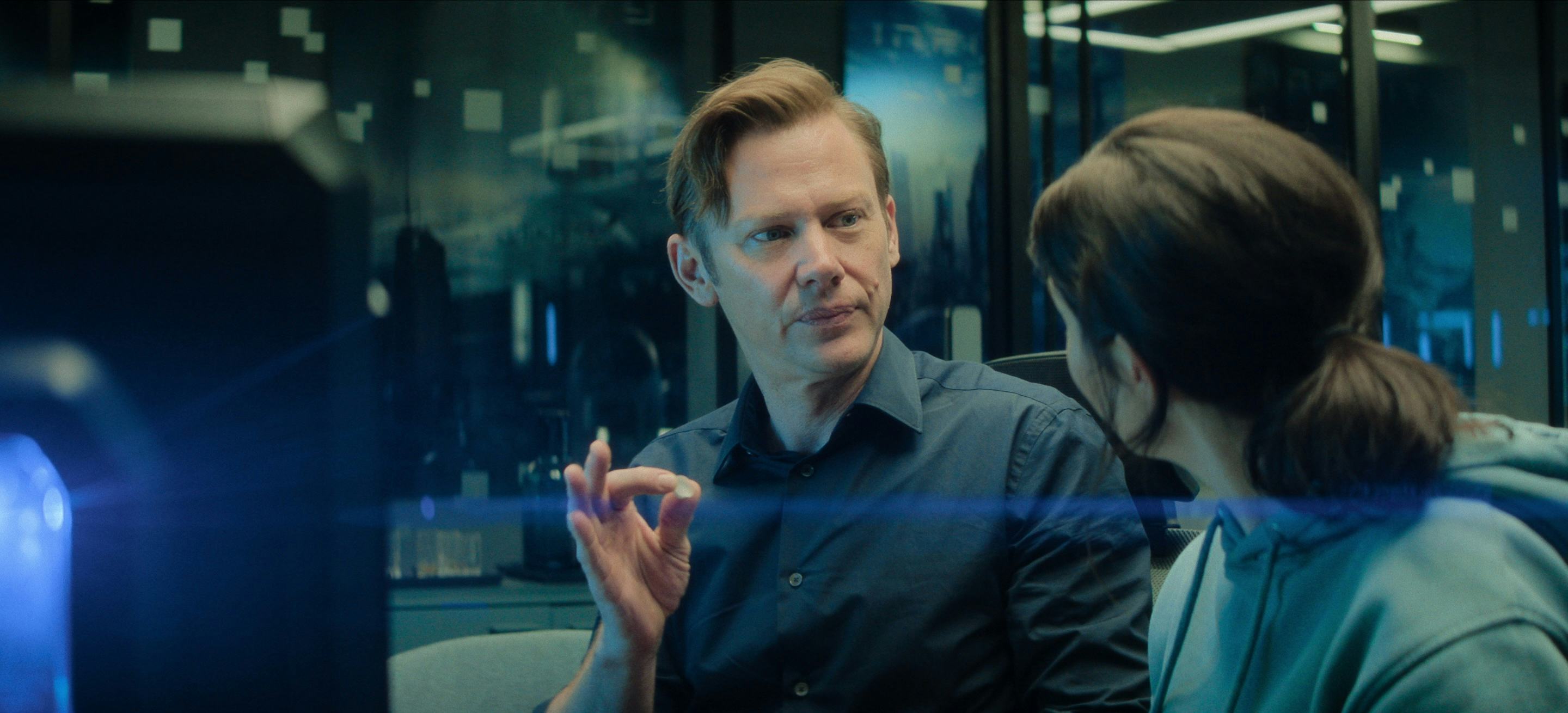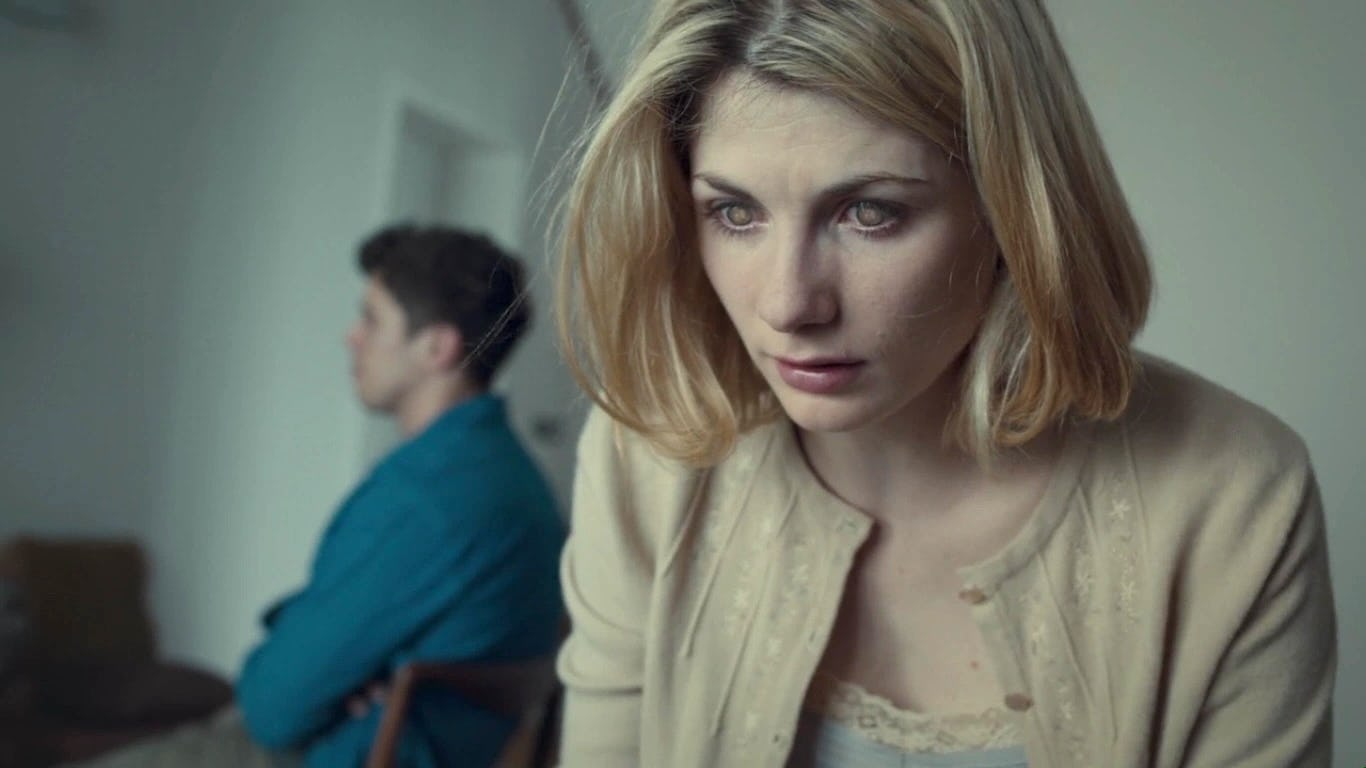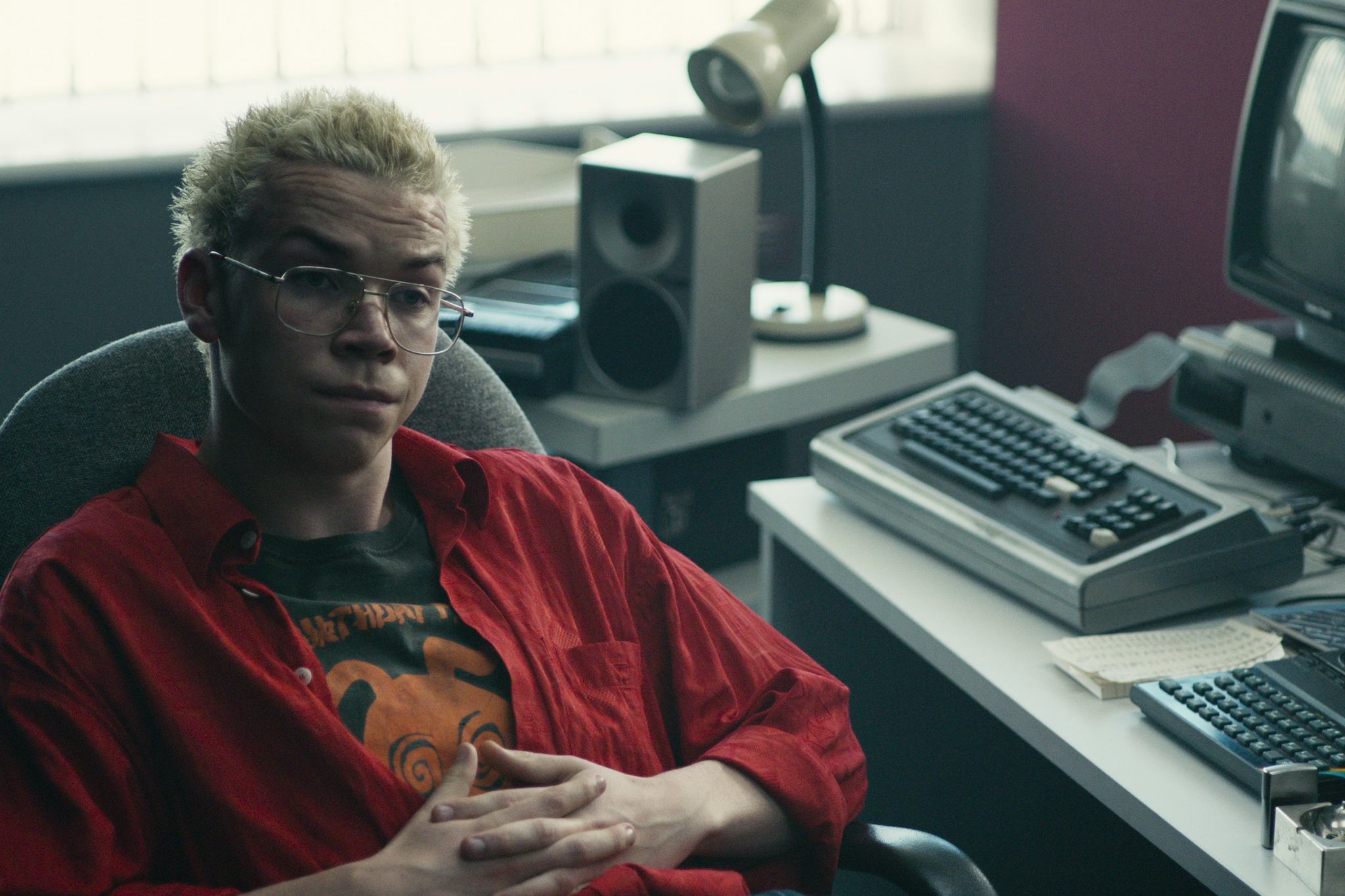
With the just-released Season 7, the anthology series Black Mirror is presenting more interconnected continuity than ever before. In Season 7, we get not one but two direct sequels to previous Black Mirror installments: “Plaything” is a sequel to “Bandersnatch,” and “USS Callister: Into Infinity” is a sequel to “USS Callister.” On top of all of this, series creator Charlie Brooker has suggested that even more sequel episodes could appear in future Black Mirror seasons.
But how does this even work? Is there a true unified timeline of all the Black Mirror episodes? And, more urgently, should there be?
Spoilers ahead.
Chronological Black Mirror timeline

Right now, if we wanted to create a quick, chronological Black Mirror timeline, it wouldn’t be too difficult. All you really have to do is look at the years in which each episode takes place and reorder everything chronologically. One thing to note here: because many of the episodes are set in a quasi-present (correlative to the episode’s release), we’re guessing at some of the 2010s and 2020s chronology. People can nitpick this if they want, but no two Black Mirror timelines fully agree, and I’ll get to why that is in a moment.
Here’s a rough guide to maybe one version of the Black Mirror timeline. Again, there’s some debate here. This is just one possible interpretation. (So hold off on firing off any mean emails, please.)
- 1969: “Beyond the Sea” (Season 6)
- 1979: “Demon 79” (Season 6)
- 1984: “Bandersnatch” (stand-alone special)
- 1987: The past-tense world of “San Junipero” (Season 3)
- 1991: The flashbacks of “Eulogy” (Season 7)
- 1994: The flashbacks of “Plaything” (Season 7)
- Early 2000s: “Mazey Day” (Season 6), “The National Anthem” (Season 1)
- Alternate 2010s: “Smithereens” (Season 5), “Be Right Back” (Season 2), “Shut Up and Dance” (Season 3), “White Bear” (Season 2), “Playtest” (Season 3), “Loch Henry” (Season 6).
- Alternate 2020s: “Joan is Awful” (Season 6), “Crocodile” (Season 4), “Men Against Fire’ (Season 3), “Hated in the Nation” (Season 3), Eulogy (Season 7), both versions of “USS Callister” (Season 4, Season 7), “ArkAngel” (Season 4), “The Waldo Moment” (Season 2), “BÊTE NOIRE” (Season 7) and “HOTEL REVERIE” (Season 7).
- 2030s/the Future: “Common People” (Season 7), “Nosedive” (Season 3), “Metalhead” (Season 4), “Striking Vipers” (Season 5), “Hang the DJ” (Season 4), the present tense of “San Junipero,” “Rachel, Jack and Ashley Too” (Season 5), “Black Museum” (Season 4), “White Bear” (Season 2), The present tense of “Plaything” (Season 7), “The Entire History of You” (Season 1) and, probably “Fifteen Million Merits” (Season 1).

Now, there are some obvious problems here. The “grain” technology in “The Entire History of You” seems to be the outgrowth of the ubiquitous “nubbin” attachment we see in several episodes and very prominently in Season 7’s “Hotel Reverie,” “Eulogy,” and “USS Callister: Into Infinity.” The grain tech from Season 1 is subcutaneous, and the nubbin isn’t. But it’s also possible that those two kinds of tech could have co-existed at the same time, just like the idea that not everybody on the planet switched to smartphones the same year, nor does everyone in real life have the exact same kind of phone or computer.
Other problems arise in terms of perceived global changes caused by specific tech. While “Nosedive” appears in the near future, it’s hard to imagine it being in the same world as “Common People” or “The Entire History of You.” Again, we can imagine competing tech having different impacts in different parts of the world, but each of these things still seems like a different planet.
The bees all dying out is another tricky part of the Black Mirror timeline, too. By the 2030s, we’re meant to think they’re totally extinct, and thus, “Common People” would take place sometime after (or at the same time as) “Hated in the Nation,” but again, this isn’t totally clear. Finally, the future-tense of “Black Museum,” which was the first big Black Mirror Easter egg parade, is also fuzzy, making its continuity more confusing rather than clarifying.
The case against a Black Mirror timeline

While it is probably possible to do some mental gymnastics to make all the various discrepancies in a Black Mirror timeline work, it’s also not very fun. The show is, by nature, an anthology show, and trying to piece together a shared universe is slightly antithetical to the point of having self-contained stories. Yes, Black Mirror baits us into trying to make this happen with a ton of Easter eggs cross-pollinating between different seasons. (Like the artificial bees — see what I did there?) And yes, Season 7 in particular seems to assert a kind of vague shared tech world, not just with these specific episodes but also because, again, two of the episodes are direct sequels to previous stories and feature many of the same characters.
However, it’s exactly within one of those sequels, “Plaything,” that the idea of a unified Black Mirror timeline starts to break down. The ending of that episode finds Cameron (Peter Capaldi) unleashing the group AI of the Thronglings on the entire world. Is this meant to be the endpoint of all of Black Mirror? Probably not. Plus, considering Bandersnatch was a choose-your-own-adventure thing back in 2018, we’re already in a weird non-continuity with the return of videogame designer Colin Ritman (Will Poulter). Did he live well into the 1990s? Or did he commit suicide in the ‘80s? Arguably, to tell the story of “Plaything,” you don’t need to know or care.
This same non-question emerges relative to the nubbin's catch-all technology. This little white disc appears in nearly every episode of Black Mirror Season 7, a kind of omnipresent Easter egg itself. And yet, does that really matter? Other than “USS Callister: Into Infinity,” none of the stories in any one Black Mirror episode in any of the seasons require you to understand this technology. Each episode unfolds a new Black Mirror universe that is woven around the story being told. If we start trying to put all those stories into a chronological box, they’ll all suddenly start to make way less sense. On top of that, as a rare contemporary sci-fi show that doesn’t rely on canon games, a canon-obsessed Black Mirror would suddenly become too similar to all of its competitors. Easter eggs and canon can be fun, but focusing too much on those details can also make exciting sci-fi very boring.







